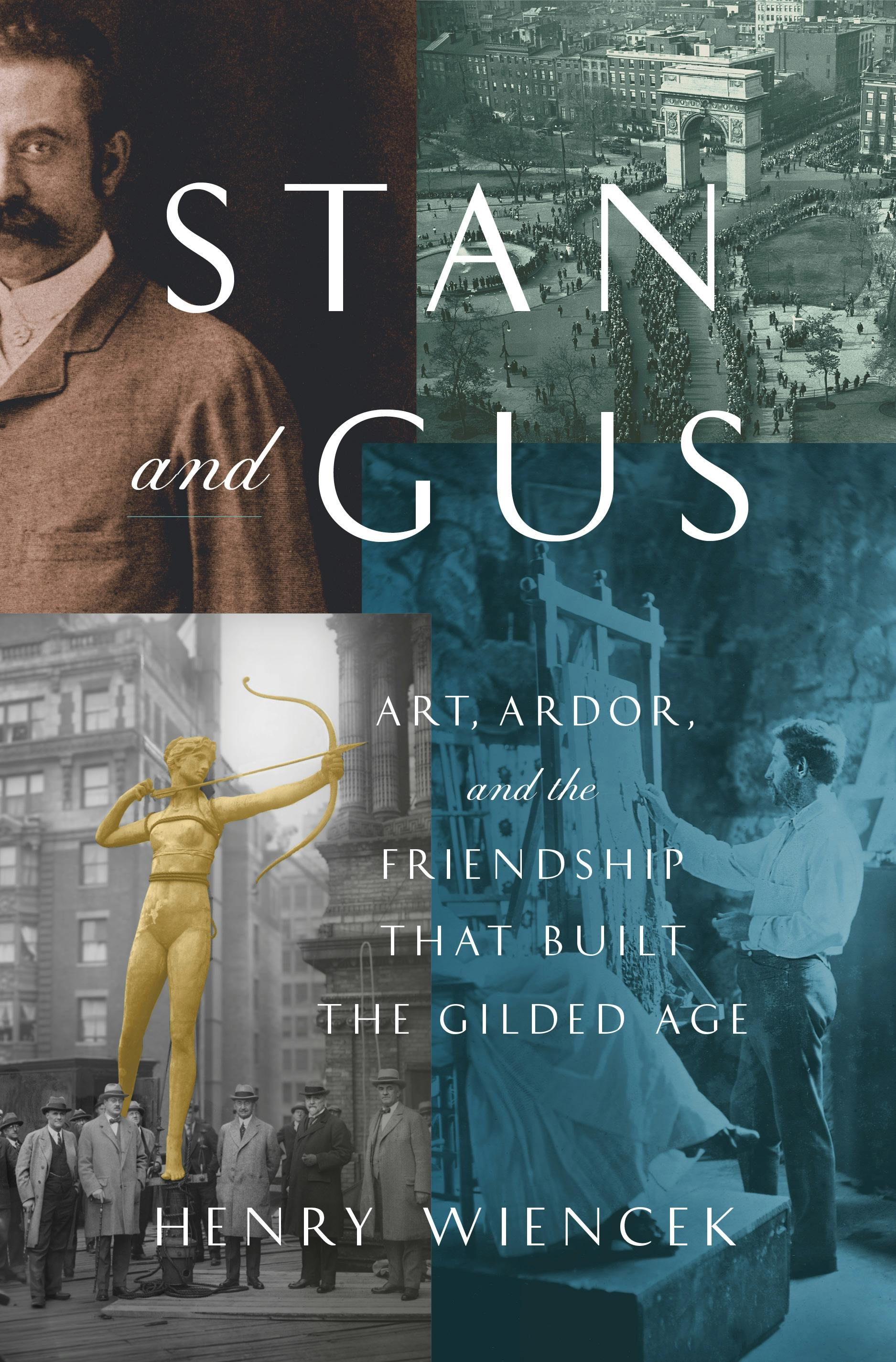“He can draw like a house afire,” Charles McKim told his business partner, William Rutherford Mead, as he urged Mead to make Stanford White a partner in their tiny architectural firm. Stan had returned to New York from Paris in September 1879 and had left his old firm. In the company’s office at 57 Broadway, Mead pulled out a yellow scratch pad and jotted a profit-sharing proposal: McKim—42 percent; Mead—33 percent; White—25 percent. White accepted, and the firm of McKim, Mead & White was launched. Stan wrote to “Beloved Snooks” in Paris that his share was not high, but “if I can get a little decorative work outside of the office, I shall manage all right.”
McKim, Mead & White occupied the fifth, top floor of 57 Broadway in a now-vanished building on the north side of Exchange Alley in lower Manhattan. From the windows, a daydreamer could look down on Broadway’s rumbling traffic or gaze farther out at a calming panorama of New York Harbor with its expanse of islands, scudding clouds, and swooping gulls.
The name McKim, Mead & White evokes the image of three portly, middle-aged men, because the most frequently reproduced photograph of the trio was taken around 1905, when all three partners were in their fifties. In the early 1880s, however, youth and energy characterized the men who occupied the top floor of 57 Broadway. (There were no women in the firm.) In an era when the architecture business was new, McKim, Mead & White was its own school, an incubator of talent, the place where young Stanford White patrolled the drafting room pounding on tables, snatching up drawings, and yelling “This looks like Hell!” or “Swell, isn’t it?”
Stan arrived as a partisan of Richardson Romanesque. He and Louis Comfort Tiffany collaborated on a massive house for Tiffany and his extended family at the northwest corner of Madison Avenue and 72nd Street, with fifty-seven rooms and a three-story studio for Tiffany. It was a fantasy castle both on the outside and the inside, “the realization of an architect’s dream,” wrote one critic. White’s taste for Richardsonian sturdiness was evident in the roughhewn blocks of bluestone forming the ground floor and the twenty-five-foot-wide iron portcullis guarding the arched entrance. But above, the building was a festive amalgam of turrets, balconies, gables, and colored bricks. While scouting for bricks at New Jersey’s Perth Amboy Terracotta Company, Stan passed a stable constructed from oddly hued discards, failed experiments in mixing colors.
